WNYC’s 1979 Storytelling Festival combined live storytelling in public venues around New York and seven days of storytelling on the air. I produced those programs — six 90 min documentaries about Story, Storytellers, Myths & Dream, Fairies and the Supernatural, Folktales and Legends — weaving together stories told by professional storytellers and the voices of anthropologists and folklorists who study story and storytelling. (Many of the storytellers and scholars were interviewed by Diane Wolkstein who had a regular program about storytelling on WNYC for years.) In addition there were several programs of stories alone, like Jay O’Callahan’s famous “Raspberries.” Other stories in the series include a Pygmie myth by Laura Simms, “Nobody Slept” by Rabbi Schlomo Karlbach, a ghost story by Kathryn Wyndham, a Chinese version of Cinderella by Diane Wolkstein, “Max’s Blues” by Brother Blue and a Grimm’s tale by Gioia Timpanelli, a Br’er Rabbit story by Julius Lester and many more.
For the live part of the festival storytellers from all over the country from Maine to Alabama, from North Dakota to North Carolina told stories on the Staten Island Ferry and in Central Park, in an Irish Pub and City Hall Park, at the Cloisters and the Bronx Botanical Garden and even at a Bronx factory.
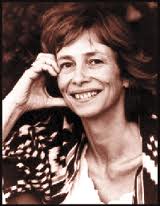
Storytellers include: Nicole Jones, Naomi Lucas, Laura Simms, Henry Crowdog, Brother Blue, Gioia Timpanelli, Jemelia Abraham, Marshall Dodge, Guy Tucker, Timothy Petalina, Jay O’Callahan, Ray Hicks, Katherine Wyndham, Richard Pryor, Doc McConnell and Diane Wolkstein, resident storyteller on WNYC. Anthropologists, psychologists and folklorists include: Joseph Campbell, Harold Courlander, Bruno Bettelheim, Alexander Randall, Barbara Klein, Brian Sutton Smith and Sally McLendon.
The Story:
This 90 min program begins with a series of children’s voices telling story fragments. Rabbi Schlomo Carlebach‘s earthy voice explains: “If someone wants to tell you facts, you know they are lying; If someone wants to tell you a story, I know it’s the truth.” Children, says Carlebach, can hear or tell stories millions of times and they’re never bored. “Stories are beautiful.”
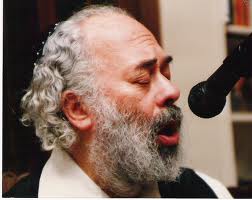
Although myths, stories, legends, faerie and folktales were historically told and passed on by and for the whole community, in more recent years they have been relegated to the children’s room. In this program Joseph Campbell, Harold Courlander, Bruno Bettelheim and others explain the history of storytelling, the power, magic and meaning of stories and the structure, forms and motifs, the range of story from myths and dreams to folktales, ghost stories and jokes. Campbell finds the same motifs in all religions and mythologies, “a single symphony of the soul.”
“Stories are the picture language to the soul,” says New York storyteller, Diane Wolkstein.
Anthropologist and dream student Alexander Randall explains the importance of dreams to myths. And Laura Simms tells a Pygmie Myth.
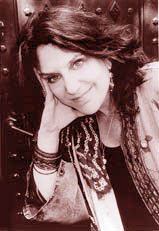
Harold Courlander reminds us about the Trickster character of stories common from western Africa — Ananci, the spider, who travels to the new world – to the English speaking Caribbean. But in Haiti the west African trickster is into Ti Malice, a peasant . Julius Lester tells a Br’er Rabbit story that originated in west Africa. Scholar Sally McClendon who studies Native American stories explains that the trickster in their stories is often one of their competitors in the food chain – like coyotes.
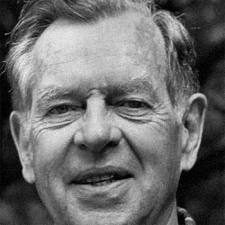
Gioia Timpanelli is a magnificent story teller and tells a story collected by the Grimm brothers. It’s violent ending — killing the monster is an important part of folktales says Bruno Bettelheim. Monsters must be killed. Heroes are transformed by overcoming their adversaries. These are important stages in the education of children.
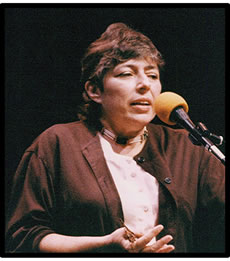
We hear inventive stories from children while scholar, Brian Sutton Smith, who listens carefully to children’s storytelling, explains how important storytelling by children is to their transformation.
We also learn how stories change with migration. Scholar Barbara Klein has been collecting legends of Swedish immigrants to the U.S. She discovers how a central character common to those legends in Sweden changes or disappears from stories here.

Katherine Wyndham is an extraordinary teller of ghost stories. She worries about the loss of so many ghost stories in her state of Alabama and all across the South. Wyndham says that unless those stories have been collected, they die with the storyteller. “We need stories to know who we are,” says Wyndham. “We search for heroes and we find them in stories.” Finally, we hear a story by Richard Pryor, who has turned the art of joke-making into profound stories.
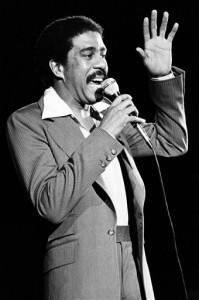
Manoli Wetherell, recording; David Rapking, engineering

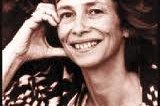
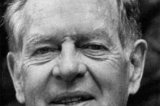
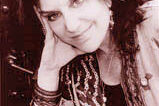
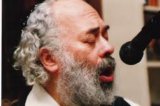
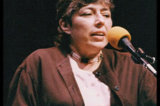

It’s wonderful to see Rabbi Schlomo Carlebach’s story — of his own controversial life — is opening on Broadway this week at Circle in the Square! Can’t wait!!
This is such fabulous stuff – can we get it revived on air somehow? Do you know about The Moth? It’s my favorite organization on the planet, devoted to story-telling. Our children these days rarely hear stories told by adults – they hear them on their computers or on their other digital gaming devices, but they are missing out on the real, live, earthy quality of a human voice, sitting right next to you, and telling you a story while your mind wanders off into reverie and wonder. And what happened next? You want to know. I do want to know.
Hi Kenny, thanks so much for taking time with this. There has been a clamor for me to post the full length documentaries of this series. Some were slightly damaged in the 30 years of sitting on a shelf in analogue tape form! But I will wrestle with the challenge soon. Yes, Moth is a wonderful ongoing project. More stories!!